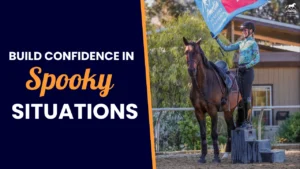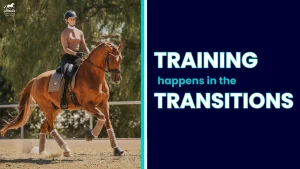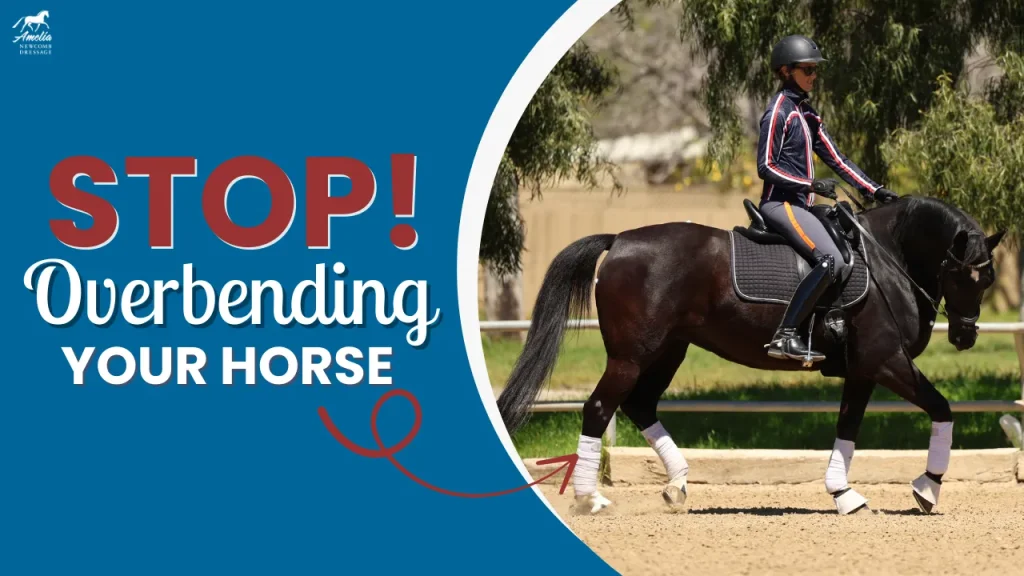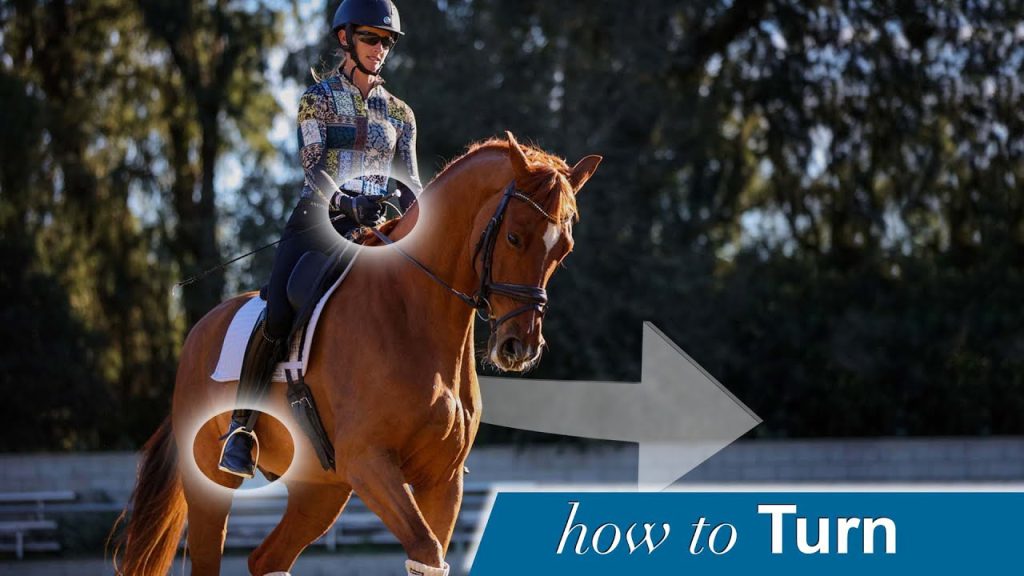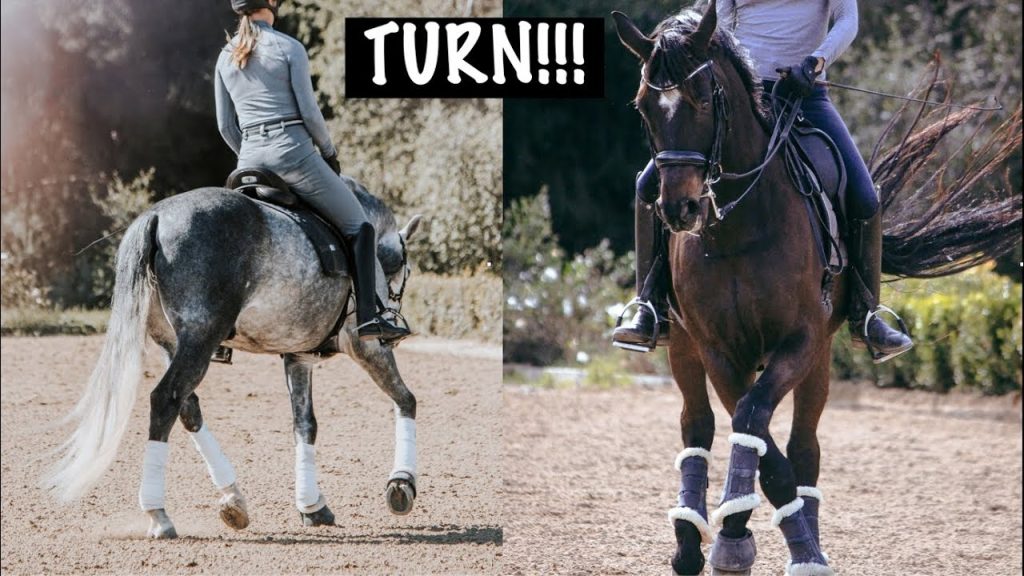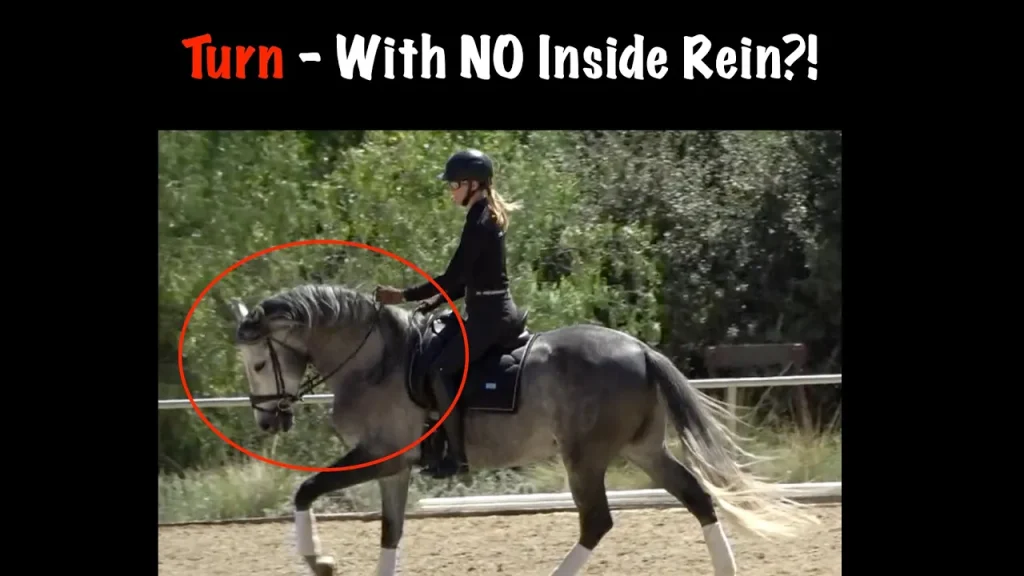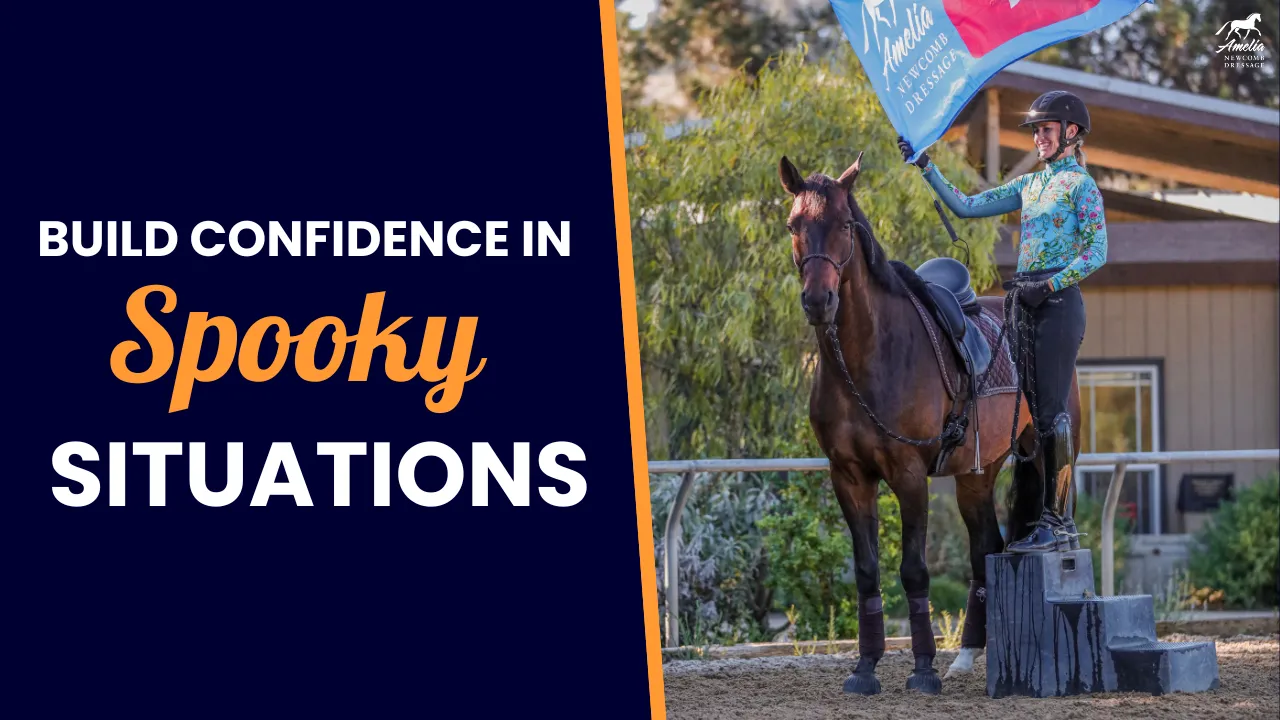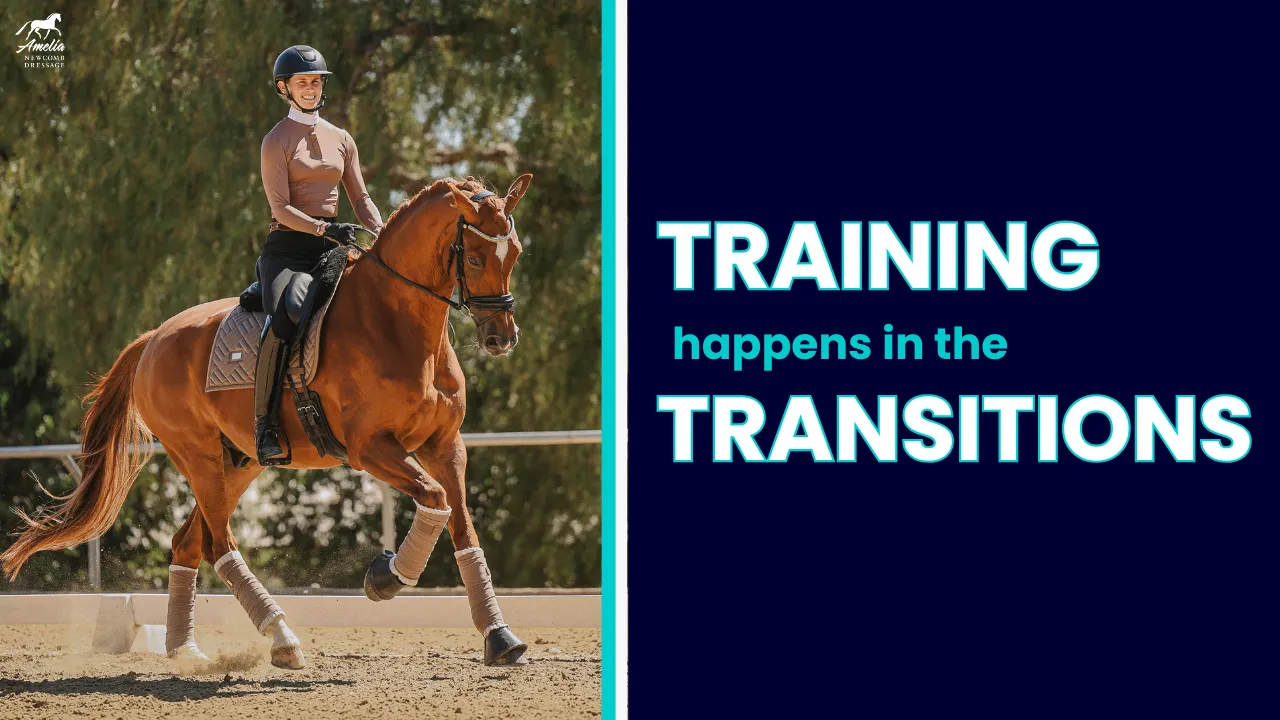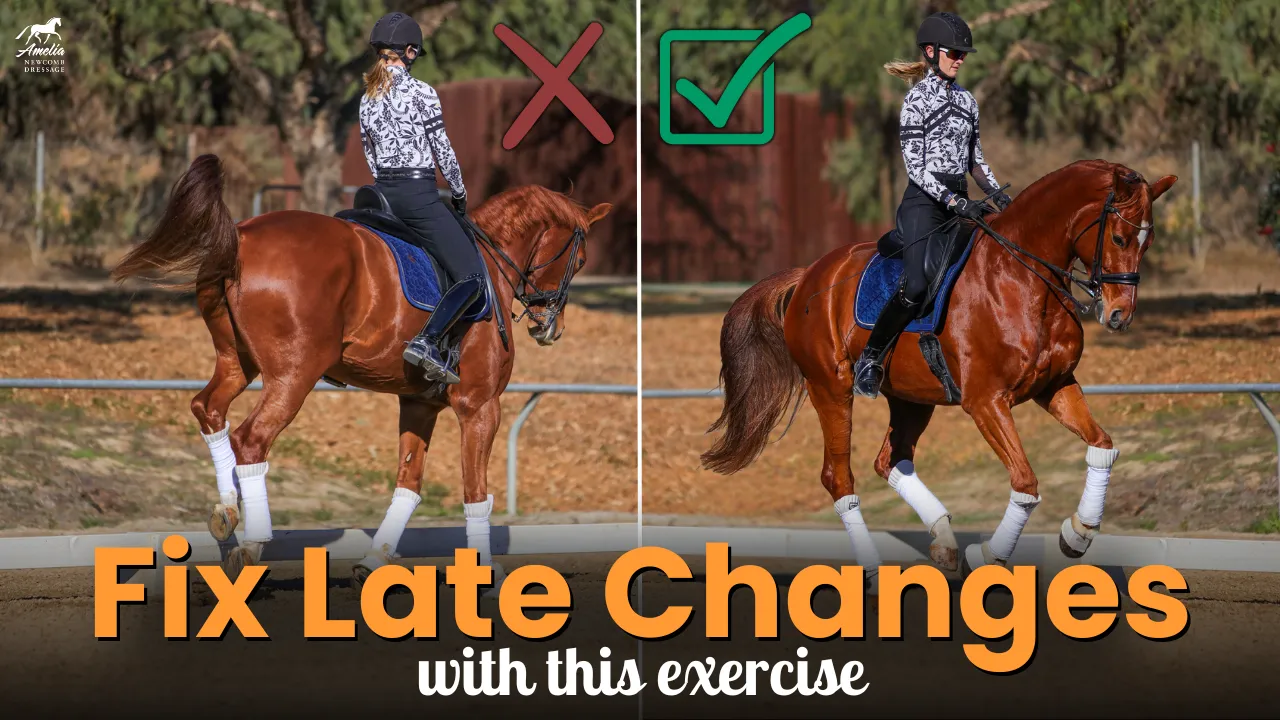Turning your horse sounds easier than it is. Often horses lose impulsion and slow down in turns, drift to the side, overturn, or don’t turn at all! In this week’s video I share a simple exercise called ‘point and shoot’ that you can do with your horse to improve your steering!
Start in the trot and get your horse in front of the leg before starting this exercise.
Start with just turning on the diagonal, the basic premise is that you’re using your inside rein to point your horse to one of the letters across the diagonal and then once you can see the letter between the horse’s ears, you’ll shoot them forward with your legs.
A lot of times when people are turning, they don’t actually release and end up overturning. Then they try to overcorrect the overturning and the whole thing becomes a wiggly mess. During this, we also forget the action of pushing the horse forward! Sending the horse forward is a huge part of the turning process.
If your horse isn’t already moving forward, you won’t be able to turn it at all. You need forward motion before you can turn. Think about driving your car – you always step on the gas before turning your wheel 🤣 (Need help with that? Check out that video here)
Once you’ve mastered diagonals, you can try serpentines. It’s the same principle but following the path of a serpentine. If you don’t have a dressage court, you can just pick a point in the distance or a point on the ground.
The point of this exercise is that turning your horse is a balance between two reins and two legs.
The inside rein is your car blinker, and your outside rein and leg are your driving limbs. You point the horse’s head in the direction you want to go, then push them forward, then release.
Have a look at this video where I demonstrate on Jacques and let me know in the comments if you find it helpful.
Thanks for watching!

